Topic 5 - System & Sustainability
The increased use of new energy-consuming technologies, the impact of climate change on energy supply and demand, possible adverse effects of cyber attacks and new dependencies on raw materials must therefore be taken into account when identifying sustainable, resilient or more robust and future-proof energy systems.
Against this background, the topic “System and Sustainability” considers all energy system levels and evaluated, modelled and simulated individual technologies, including new smart control and management concepts, in an interdisciplinary environment of engineering, humanities and mathematicians, in the overall context of possible future energy systems and thus creates the necessary conditions for the identification of sustainable and optimized energy systems.
Integration of energy systems
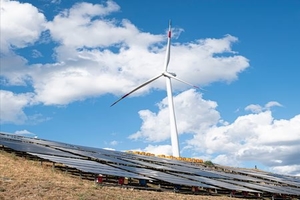
Integration of energy systems
-
Renewable energies and storage technologies are crucial for sustainable energy systems. The optimal arrangement of electricity and heat storage systems is important for the efficient integration of renewable energies. At the same time, the development of suitable business models for district energy storage is necessary. The comprehensive presentation of possible future energy systems includes scenario analyses up to 2050 and beyond, taking into account social acceptance and technological effects. Techno-economic feasibility is assessed using large energy system and energy market models that take cross-sector and cross-energy carrier aspects into account. Sustainability and resilience assessments form the basis for holistic analyses of energy system integration. Here, different scaling, locations and grid connections of energy technologies are evaluated and compared, taking into account technical and socio-economic factors.
Energy grids
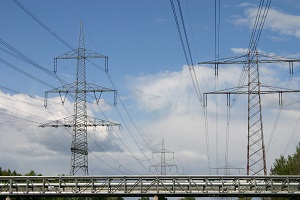
Energy grids
-
The consideration of the techno-economic feasibility of grid development goes hand in hand with securing the supply, the resilience of energy systems at all grid levels and seamless integration across all grid levels. In particular, the analysis of potential new vulnerabilities of the energy system due to digitalization (smart grids) and the investigation of the social impact of energy outages form an essential basis for optimized grid planning and management. As part of this research, complex optimization problems are examined at both the grid planning and operational management levels in order to identify sustainable and resilient energy system designs.
Information and communication infrastructure
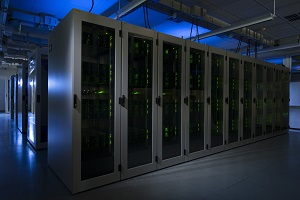
Information and communication infrastructure
-
With the development of smart grids, the focus is increasingly on information and communication technology platforms and services for smart districts, among other things. A key question is: How can existing and newly acquired information on energy generation and use be used effectively to ensure the safe operation of energy grids in particular? The term “safety” refers to both natural and technical failures (safety) as well as targeted attacks from outside (security). In addition, the collection of prosumer data enables new innovative distribution management concepts, which can help to prevent large-scale blackouts in times of grid bottlenecks.
Buildings and districts
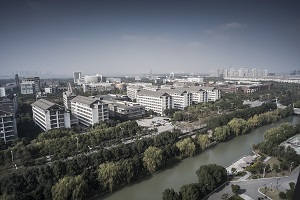
Buildings and districts
-
Buildings, and districts in particular, offer great potential for climate and environmental protection - whether through the use of sustainable building materials or a resource-saving energy and heat supply. Compared to individual buildings, district solutions also promise greater synergy effects. Climate-friendly and energy-efficient measures can be implemented particularly effectively in districts - not only in new builds but also in existing buildings. Modern technologies such as smart sensors help to noticeably optimize the resource-efficient operation of buildings. Mutual coordination with various infrastructures enables efficient and innovative system solutions.
Operator obligations in facility management of the KIT
Over the past four years, a process has been developed as part of an applied research project in cooperation with KIT's Facility Management service unit under the leadership of Mr. Reinhard Subbert, which ensures and documents the performance of building-related operator duties in KIT's facility management.
Traffic and transportation
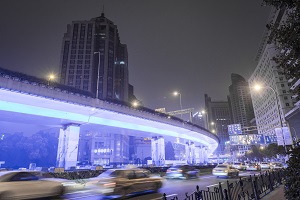
Traffic and transportation
-
Sustainable development in traffic and transportation can only be achieved through a systemic perspective, consideration of interdependencies and interactions with other infrastructure systems, the promotion of innovative drive technologies and AI-based traffic management as well as the implementation of life cycle assessments and life cycle analyses. It is important that the development and implementation of solutions in the field of traffic and transportation is based on interdisciplinary cooperation and that technological, ecological, economic and social aspects are taken into account. This can be achieved by involving social scientists, economists and experts from other relevant fields.
Development of an indicator-based life cycle management system for transportation infrastructure structures:
The key requirements for transport infrastructure systems are unrestricted functionality and availability, a high level of safety and minimal disruption to local residents and the environment.
Many structures in transport infrastructure systems are very old and some have exceeded their planned service life. Due to ageing and damage mechanisms as well as changes in the intensity of use, the condition of a significant proportion of infrastructure structures has also worsened considerably in recent years.
A systematic inspection regime has revealed a considerable need for action in terms of maintenance and renewal, which makes it necessary to prioritize investments due to increasingly limited resources.
Resources and the circular economy

Resources and the circular economy
-
The application of circular economy concepts in infrastructure systems and the energy system can help to increase resource efficiency, reduce environmental impact and promote sustainability. Closing the carbon and mineral cycle in a sustainable way can help to reduce the greenhouse effect and ensure the availability of critical resources for energy production and storage. It is important to integrate these concepts into the planning and operation of infrastructure systems and energy systems at all levels. The importance of research in this area is to improve the efficiency of the various technologies and methods for implementing circular economy, as well as to develop new solutions that promote sustainability.
| Portrait | Name | Function at KIT Energy Center | Institute | Position | Contact |
|---|---|---|---|---|---|
| Dr.-Ing. Heike Schmidt-Bäumler | Spokesperson Topic 5 - "System und Nachhaltigkeit" | Institute of Technology and Management in Construction (TMB) | +49 721 608-46008 schmidt-baeumler ∂does-not-exist.kit edu 003 |
||
| Dr. Sadeeb Simon Ottenburger | Member of the Steering Committee; Spokesperson Topic 5 - "System & Sustainability" | Institute for Themal Energy Technology and Safety (ITES) | +49 721 608-25507 ottenburger ∂does-not-exist.kit edu 420 |


